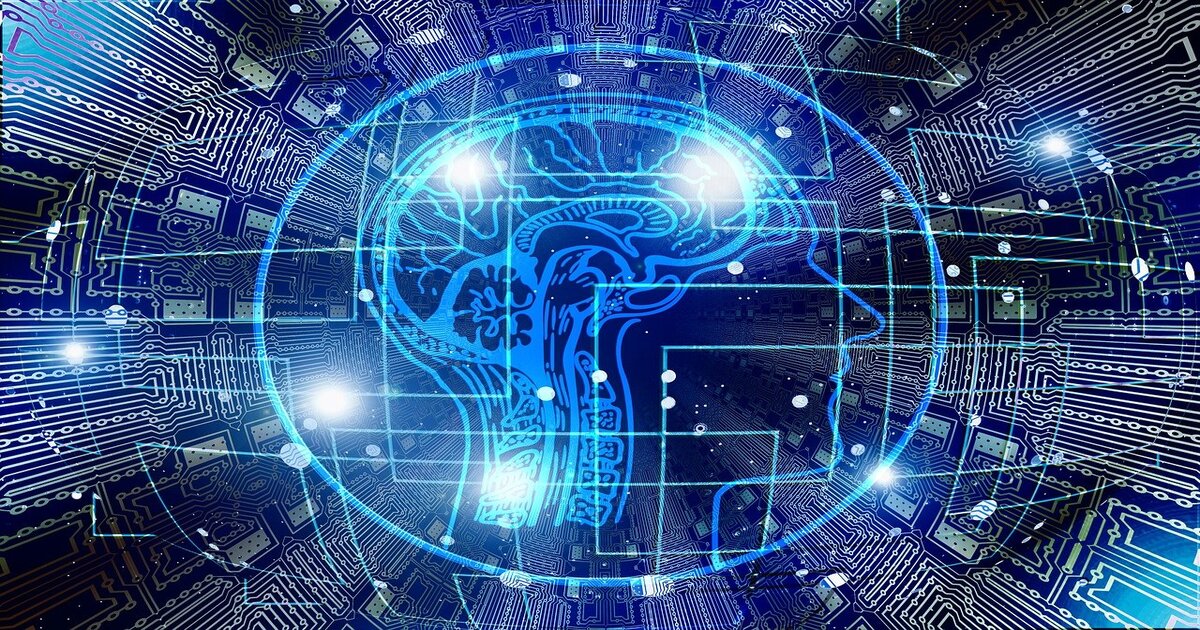
What is Machine Translation (MT)?
Machine translation is
the process of translating texts or speech from one language to another, using
the AI technology, and without human involvement.
It utilizes natural
language processing algorithms with large language models that have been
trained on wide data sources (texts with their translations).
The AI understands the
source language and produces the output in the target language, without human
interference.
How Does Machine Translation Work?
1. Decoding the Source Text:
· The first
part of the translation involves the comprehension of the source text in its
entirety.
· The
next is a decoding process where all the micro-details, such as grammar,
semantics, syntax, idioms, and other features of the source language, are
studied.
2. Analysing the Content:
· We
examine all the features in the text.
· A
deep understanding of the source language’s grammar, context, and different
cultural aspects is a must-have requirement for the correct translation of the
sentences.
3. Encoding into the Target Language:
· Re-encode
the meaning extracted from the source text into the target language.
· The
same goes for the target language as well as the source language: knowing the
target language well ensures that the translated text carries the meaning of
the original text correctly.
4. Leveraging Translation Technology:
· Language
translation technology applies various techniques during the process.
· These
techniques include rule-based machine translation, statistical machine
translation, and more.
5. Quality Assurance and Post-Editing:
· Human
translators may add the post-editing role to fine-tune the output.
· They
make sure that everything is grammatically correct and has the correct meaning.
Different Approaches to Machine
Translation
1.
Statistical Machine Translation (SMT):
· SMT
relies on statistical models that have been trained on a large multilingual
statistical grammar of the world languages.
· It
makes reliable matches between the term equivalents of a source language and
those of the target language.
· Google
Translate, a case of statistical machine translation among the highly
sought-after, is well-known.
2. Rule-Based
Machine Translation (RBMT):
· Use
of pre-defined regulations to make the process more precise and balanced.
· These
rules then serve as the basis for a decoding and encoding process from one
language into another.
· RBMT
is correct at processing data; however, context and idioms can still challenge
its work.
3. Neural
Machine Translation (NMT):
· NMT
employs deep neural networks, which are trained to learn translation patterns.
· It
captures context and nuances effectively.
· NMT
systems are capable of learning from incredibly large data sets that are made
accessible together.
· NMT
is applied by systems like DeepL, to translate between various languages.
4. Hybrid
Machine Translation (HMT):
· HMT
embraces both methodologies and algorithms that statistical and rule-based
methods are known for.
· It
employs either neural networks or statistical models or depends on both through
rule-based methodology to understand language.
· HMT
specializes in supplying translations that are not only accurate but also full
of context.
· HMTs
allow for organic input regarding linguistic features and specific domains.
Benefits of Machine Translation (MT)
1. Automated Translation Assistance
Computer-based translators will be the
platform from which effective translators will move to the next level of
translation.
Vendors have been
implementing the machine translation (MT) models and servicing Translation
Memory (TM) for some time. This arrangement allows automated translations; the
human translators will always check and polish the results.
2. Rapidity and Effectiveness
Nowadays, we can use machine translation to
transform millions of words at high speed. It is simply more effective than the
traditional methods, and this is why it is needed to handle large amounts of
information, e.g., court archives.
The reason that it is so powerful is that
it can recognize words, translate papers into many languages, and store terms
for future use.
3. Technology for Multilingual
Activities
The leading machine translation services
will typically translate between fifty and one hundred languages. Simultaneous
translation differs from previous systems in that it allows documentation to be
up-to-date and speeds up product launches on international markets.
4. Effective and Economical
As machine translation delivers instant
translations, it not only shortens time but, but also, increases production.
There is no need for human input, and fewer steps are required as opposed to
conventional methods.
Thus, reduced costs and minimal delivery
time are ensured. Machine translation is worth consideration by content
management systems that work on large-scale projects. This will help you group
and arrange the data and do translation in different languages afterward.
Where Can We Use Machine Translation?
- Internal Communications: Machine
translation speeds up the process of business-to-business communications
and translations between companies. Translation machines allow material
within the organization to be promptly distributed internationally when
there is a need to communicate information across cross-language borders.
- Chatbots and real-time interactions: Machine translation is a big help to chatbots and virtual
assistants. Thus, they can resolve user queries on time in multiple
languages and hence improve user satisfaction and inclusion.
- Confidential Content: Machine
translation may be the safest way to process texts that are not for
publication or personal information. Companies can do so by providing
specialized machine translation systems.
- High-Volume Projects: Instructions,
descriptions of products, and legal documents are but a few of the
high-turnover materials that work well with AI translators. It reduces
costs and delivery times while still ensuring its basic meaning.
- Web Documents and Global Products:
Machine translation is a perfect tool for a real-time chat without a
common language. It allows you a quick check of the site information about
product descriptions of stores from abroad.
- Travel and Tourism: A machine
translation lets you communicate proficiently when you tour other
countries without an interpreter being involved.
- E-commerce and International Business: The machine translation stimulates global buyers’ ability and
knowledge to buy goods and services through an automatic translation of
product descriptions, reviews, and customer service.
- Media and Publishing: Machine
translation allows written material, blogs, and news items to be accessed
by everyone on the planet.
- Healthcare and Medical Research:
The nature of machine translation (MT) makes it a crucial component in the
translation of patient records, research papers, and medical documents in
foreign languages.
How Can Crystal Hues Help in Machine
Translation?
In the era of globalization, where
communication is the key factor of success, multilingualism plays a major role.
Crystal Hues’ Machine Translation services offer you the most convenient way of
leapfrogging over language barriers through its advanced neural machine
translation technology.
Our Machine Translation (MT) services with
high accuracy, efficiency, and cost-effectiveness will help with the
translation of large volumes of text quickly for analysis, cross-lingual
conversations, or localization of websites, apps, and content into your users'
languages.
Employing cutting-edge technologies such as
advanced natural language processing, our MT systems generate accurate,
context-sensitive translations in real-time to make sure that the content is
understood exactly in all cultures.
Key Benefits:
- Efficient and scalable translation
service based on your growing requirements.
- A quick response for time-critical content.
- Easy integration using a single API call.
- Customizable translation glossaries for brand and product
terms.
- Data security to cover sensitive data.
Our Machine Translation
solutions are faster and more scalable than conventional human
translation processes. They enable you to correspond with global audiences
without hindering accuracy or turnaround times.
Tear down language borders and open a new
world of possibilities with Crystal Hues Machine Translation.



